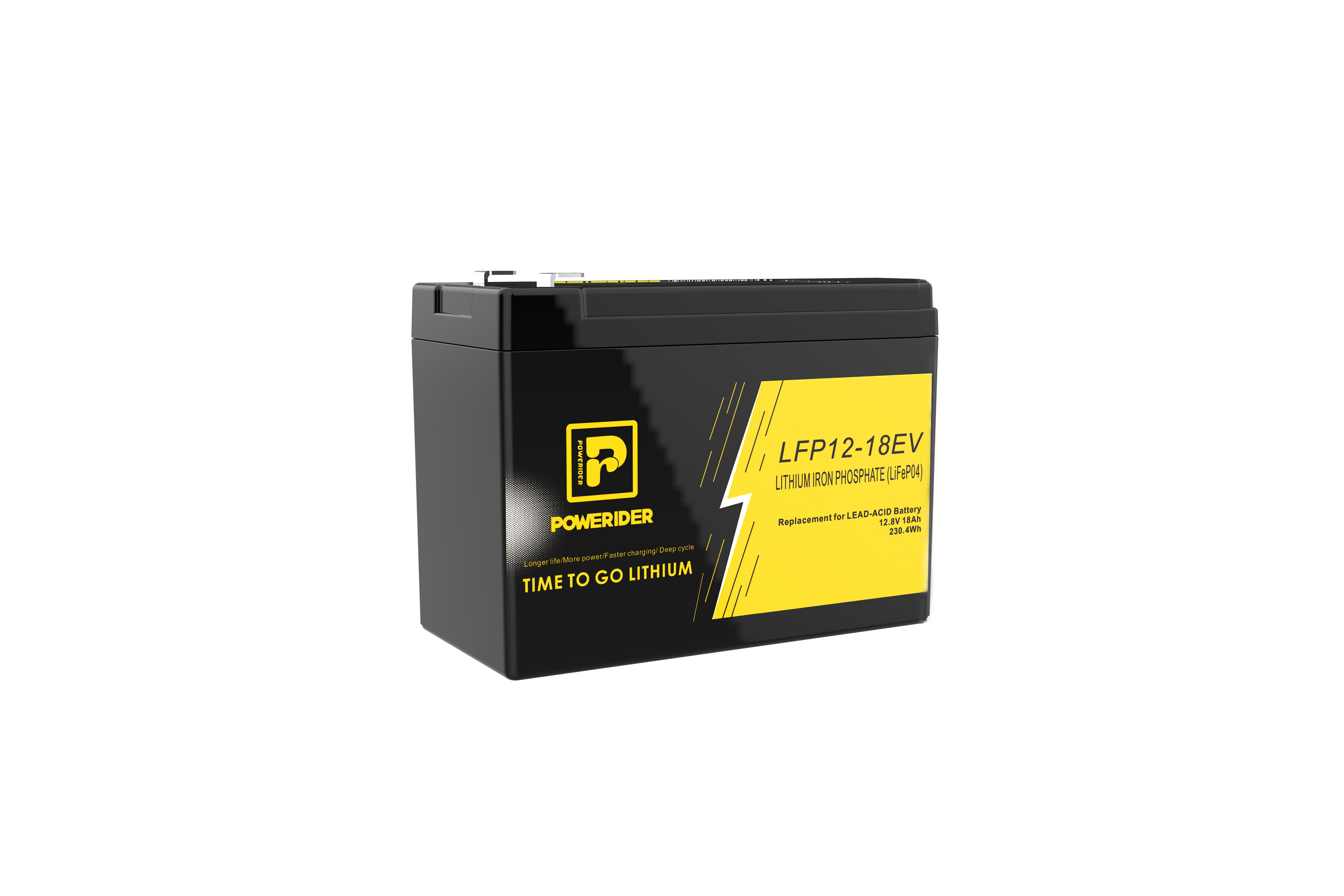
Privacy statement: Your privacy is very important to Us. Our company promises not to disclose your personal information to any external company with out your explicit permission.
Lithium-ion battery charging and discharging requirements;
1. Lithium-ion battery charging: According to the structure and characteristics of lithium-ion batteries, the maximum charging end voltage is 4.2v, and can not be overcharged, otherwise the battery will be scrapped due to too much positive lithium ions. Its charge and discharge requirements are high, and special constant current and constant voltage chargers can be used for charging. Under normal circumstances, constant current charging is converted to constant voltage charging after 4.2v/knot. When the constant voltage charging current is lower than 100mA, the charging should be stopped.

Charging current (mA)=0.1~1.5 times the battery capacity (such as 1350mAh battery, its charging current can be controlled between 135~2025mA). The traditional charging current is about 0.5 times the battery capacity, and the charging time is about 2 to 3 hours.
2. Discharge of lithium-ion batteries: Due to the internal structure of lithium-ion batteries, lithium ions can not be moved to the positive electrode during discharge, and a part of lithium ions in the negative electrode must be kept to ensure smooth insertion of lithium ion channels in the future. Otherwise, the battery life is shortened accordingly. In order to ensure that some lithium ions remain in the graphite layer after discharge, it is necessary to strictly limit the minimum voltage of discharge termination, that is, the lithium ion battery cannot be overdischarged. The discharge termination voltage is generally 3.0V/ node, and the minimum is not less than 2.5V/ node. Battery discharge time is related to battery capacity and discharge current. Battery discharge time (hour)= battery capacity/discharge current. The discharge current (mA) of a lithium-ion battery should not exceed 3 times the battery capacity. (such as 1000mAH battery, discharge current is strictly controlled within 3A) otherwise it will damage the battery.
At present, the lithium-ion battery pack sold on the market is equipped with a complete set of charge and discharge protection board. As long as the external charge and discharge current can be controlled.
Lithium ion battery protection circuit:
The charge and discharge protection circuit of two lithium-ion batteries is shown in Figure 1. The overcharge control tube FET2 and the overdischarge control tube FET1 are connected in series to the circuit. The protection IC monitors and controls the battery voltage. When the battery voltage rises to 4.2v, the overcharge protection tube FET1 stops charging. To prevent misoperation, delay capacitors are usually added to the external circuit. When the battery is in discharge state and the battery voltage drops to 2.55v, disconnect the overdischarge control tube FET1 to stop supplying power to the load. Overcurrent protection means that when a large current passes through the load, the FET1 is controlled to stop discharging to the load to protect the battery and the FET. Overcurrent detection uses the on-resistance of the FET as the detection resistance to monitor its voltage drop, and stops discharging when the voltage drop exceeds the set value. In order to distinguish between surge current and short circuit current, a delay circuit is usually added. The circuit has perfect function and reliable performance, but it is professional, and the special integrated block is not easy to buy, and the layman is not easy to copy.

Privacy statement: Your privacy is very important to Us. Our company promises not to disclose your personal information to any external company with out your explicit permission.

Fill in more information so that we can get in touch with you faster
Privacy statement: Your privacy is very important to Us. Our company promises not to disclose your personal information to any external company with out your explicit permission.